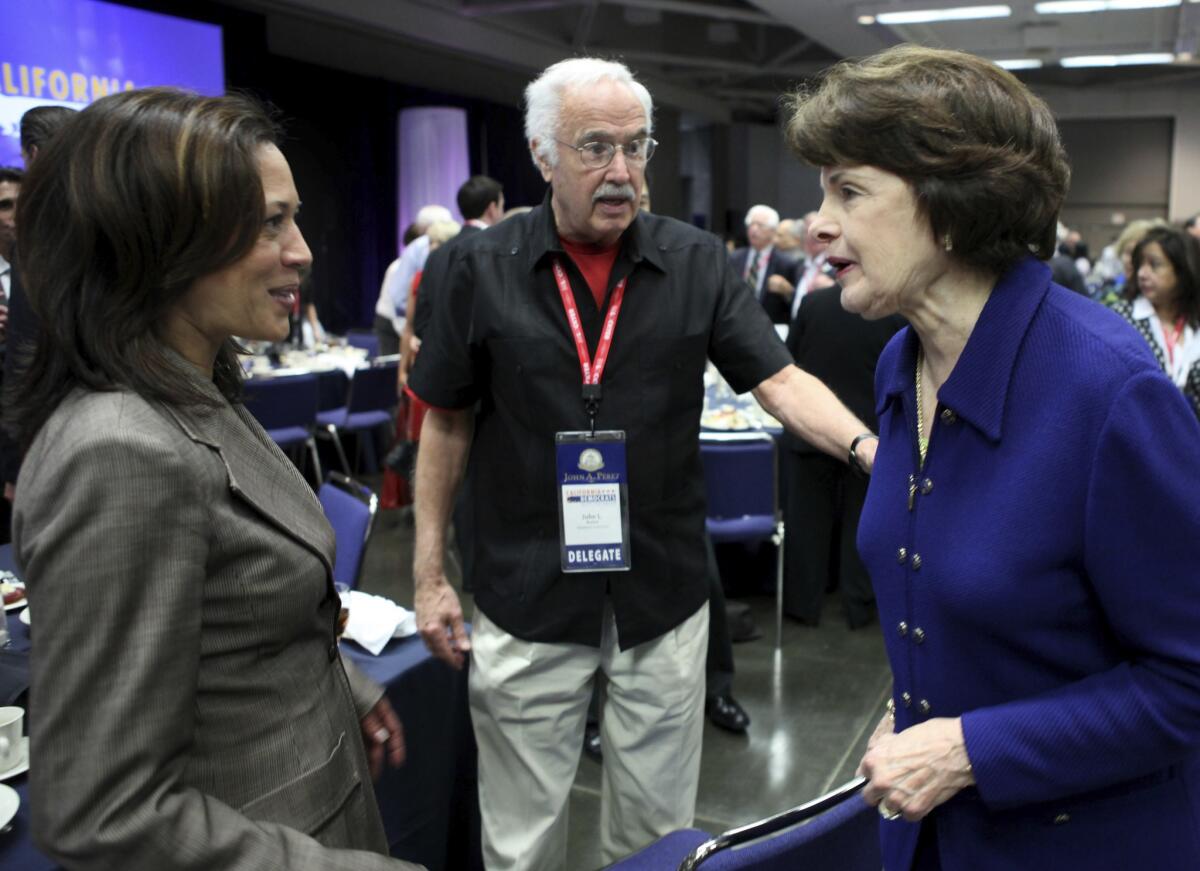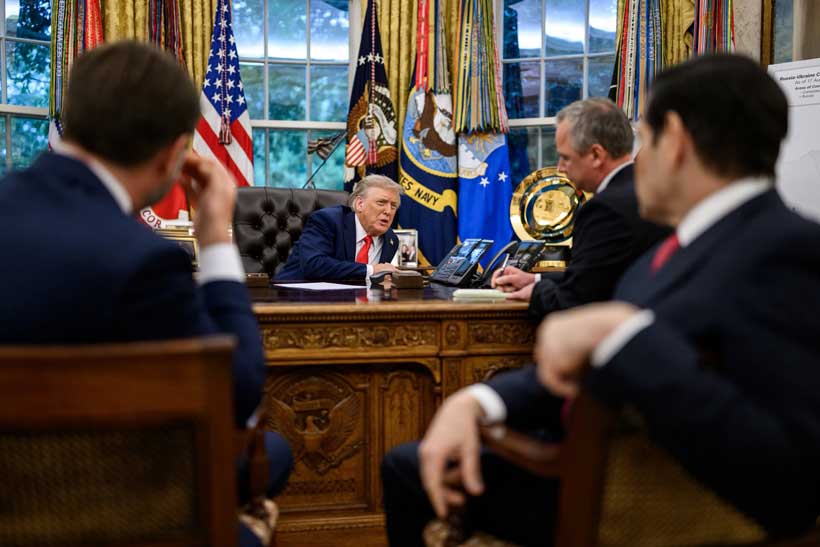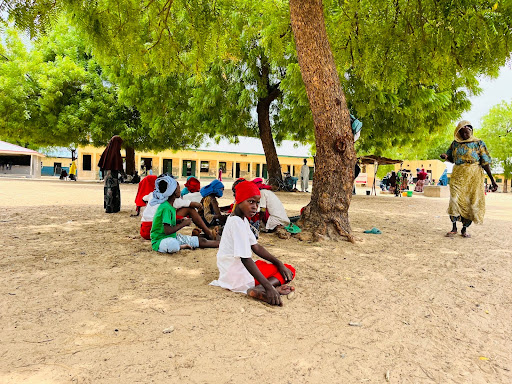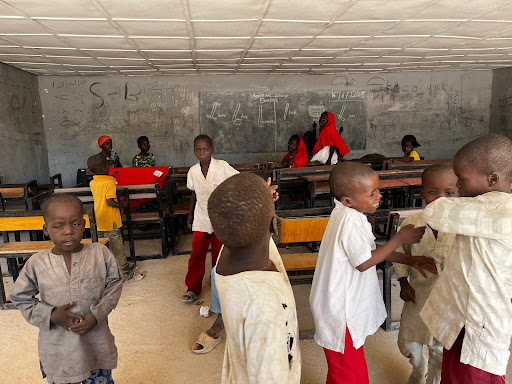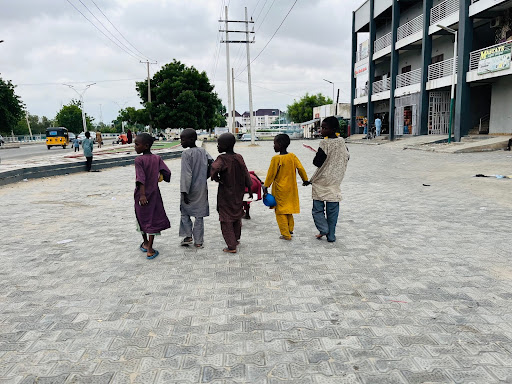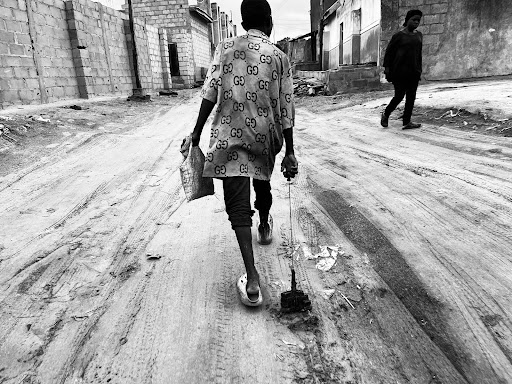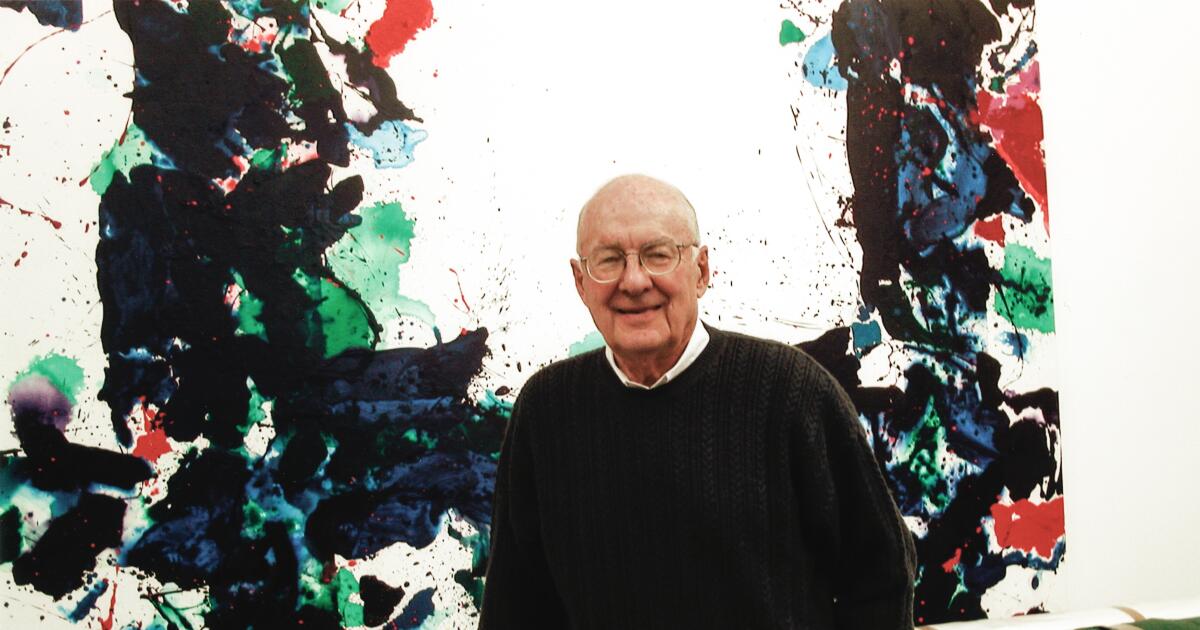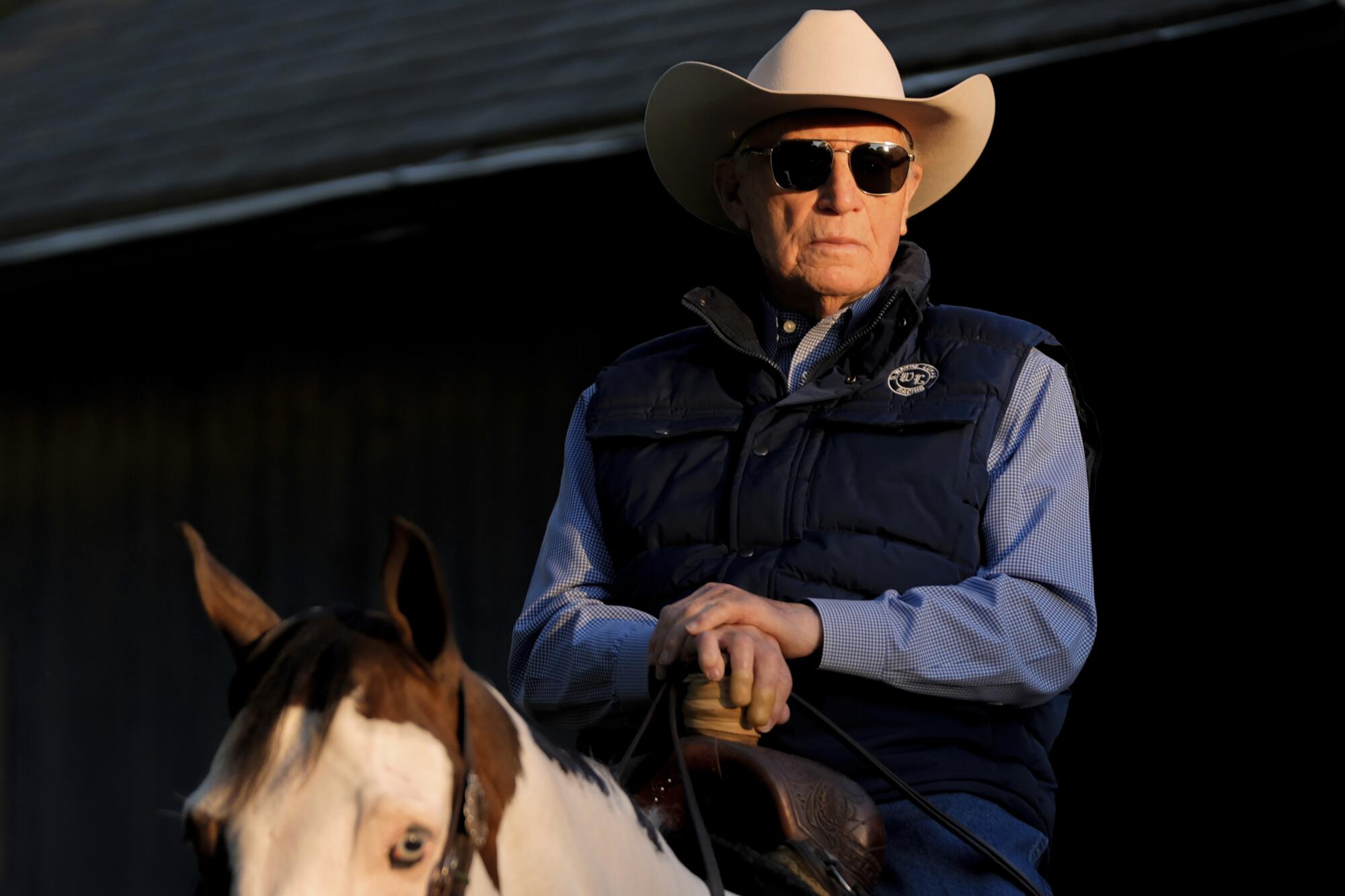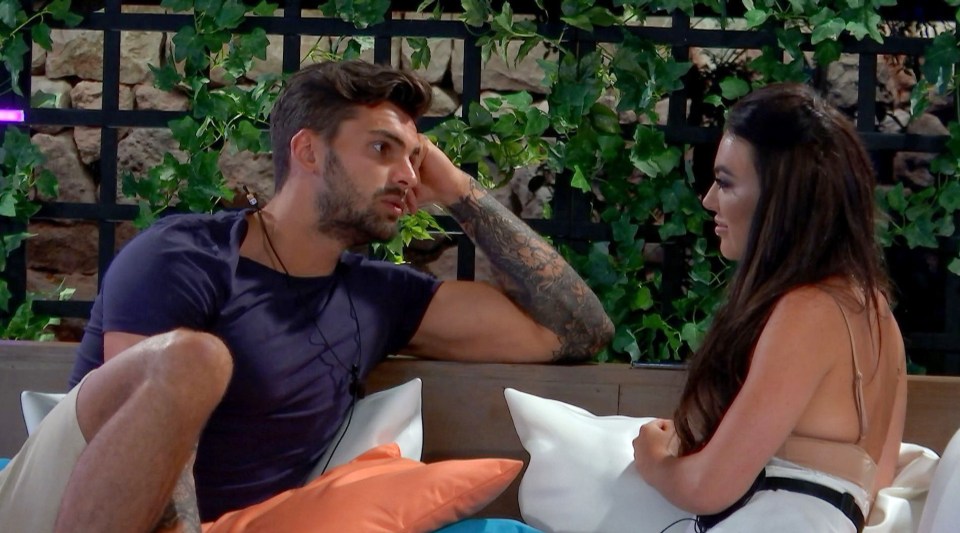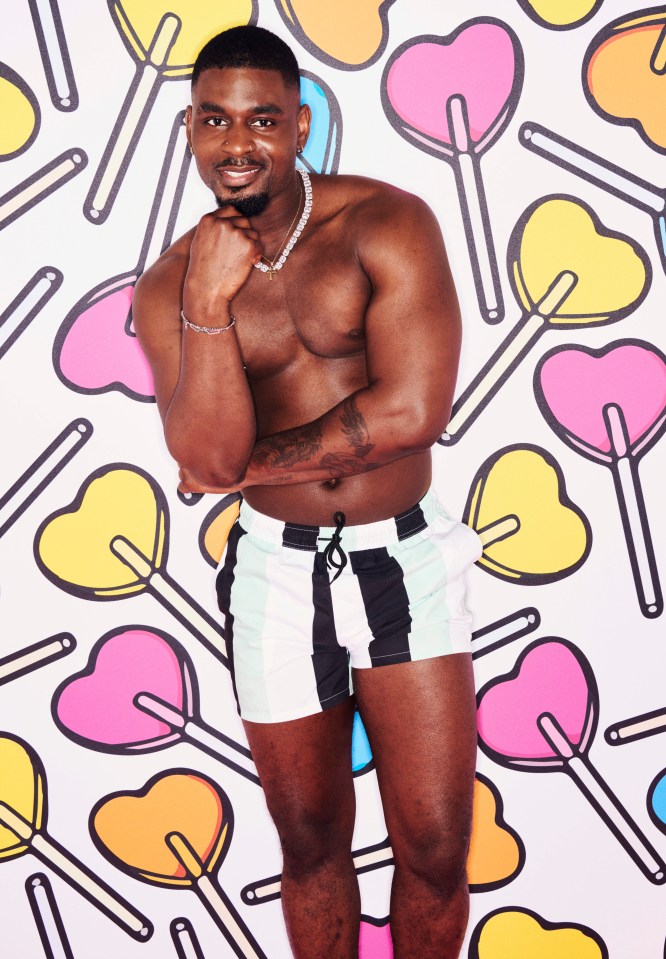John Burton dead: Powerful liberal shaped California politics
John L. Burton, the proudly liberal and pro-labor lawmaker who shaped California politics and policy over six decades on topics as varied as welfare, foster care, auto emissions, guns and foie gras, has died. He was 92.
With his brother, Rep. Phillip Burton, and college buddy, former San Francisco Mayor Willie Brown, Burton was integral to the organization that dominated Democratic politics in San Francisco and the state starting in the 1960s.
Burton was elected to the Assembly in 1964 and Congress a decade later. Laid low by cocaine addiction, he did not seek reelection in 1982. But he returned to Sacramento after getting clean and became the Capitol’s most powerful legislator as Senate president pro tem from 1998 until term limits forced him to retire in 2004.
“I think government’s there to help the people who can’t help themselves. And there’s a lot of people that can’t help themselves,” Burton said, describing his view of a politician’s job in an oral history interview by Open California.
Burton’s death was confirmed in a statement released by his family on Sunday.
“He cared a lot,” said Kimiko Burton, his daughter. “He always instilled in me that we fight for the underdog. There are literally millions of people whose lives he helped over the years who have no idea who he is.”
An L.A. Times writer described Brown, always dapper and cool, as a piece of living art. In contrast, Burton was performance art — rumpled, often rude, too fidgety to sit in long policy meetings. Some people sprinkle conversation with profanities. Burton doused his sentences with expletives, usually F-bombs.
John Burton with then-California Atty. Gen. Kamala Harris and Sen. Dianne Feinstein in 2011.
(Rich Pedroncelli / Associated Press)
He was quick to yell but could also be charming. He bought pies from a fruit stand off Interstate 80 between San Francisco and Sacramento and delivered them as apologies to targets of his rants. An aide once gave him a T-shirt with the phrase: “I yell because I care.”
Unlike most politicians, who dress to the nines, Burton wore ties reluctantly and showed up at meetings with governors wearing guayaberas, rarely with his hair in place. When cameras weren’t around, he drove through San Francisco delivering blankets to homeless people.
One of Burton’s many intensely loyal aides was Angie Tate, whom he hired to be his political fundraiser in 1998 knowing she was pregnant with twins. After she gave birth three months early and tried to return to work, Burton insisted that she take a year off, fully paid. She worked with him for the rest of his days.
In later years, he created John Burton Advocates for Youth, a nonprofit group to mentor foster youth and seek policy changes. One such bill extended services for foster youth until age 21, rather than the previous cutoff of 18.
“I don’t think there is a person who has done more for foster kids than John Burton,” said Miles Cooley, a Los Angeles entertainment attorney who was in foster care when he was a child and sits on the board of Burton’s foundation. “He wasn’t speaking truth to power. He was yelling it.”
From his early days in public life, Burton, a lawyer and Army veteran, advocated for greater civil rights, opposed the death penalty, and was an antiwar activist, protesting U.S. involvement in Vietnam in October 1963, when the U.S. had fewer than 17,000 troops there.
As state Senate leader four decades later, Burton joined folk singer Joan Baez at a protest of President George W. Bush’s impending invasion of Iraq. As California Democratic Party chair from 2009 to 2017, he presided as the party changed its platform to oppose capital punishment.
“John Burton was liberal when it was popular to be liberal and he was liberal when it was not popular. I always admired that,” said former state Sen. Jim Brulte, a Republican who tangled with Burton in the Legislature and later when they chaired their respective political parties.
A party chair’s job is to win elections. That requires money. In 2008, the year before Burton took over the state Democratic Party, the California Republican and Democratic parties raised and spent roughly equal sums. By 2016, his final campaign as chair, the Democrats were outspending the Republicans $36.2 million to $17.7 million.
He promoted a ballot measure in 2010 that allows the Legislature to pass the annual budget by a simple majority rather than the previous two-thirds supermajority, allowing the Democrats to pass a legislative session’s most important measure — the budget — without Republican votes, further marginalizing the GOP in Sacramento.
When Burton stepped down from the California Democratic Party in 2017, Democrats held all statewide offices and had supermajorities in both houses of the 120-seat Legislature.
Rep. Nancy Pelosi (D-San Francisco), then-Rep. Barbara Lee (D-Oakland), Los Angeles County Supervisor Hilda Solis and state Treasurer Fiona Ma were among the politicians, most of them women, who joined Burton on the convention stage in 2017 for his farewell as party chair. Former state Sen. Martha Escutia serenaded him with a rendition of “Bésame Mucho.”
“John is the chief architect of the Democrats’ dominance in California,” Pelosi said at the time.
Burton paid tribute to the people who had helped him, saying, “You’re only as good as your staff,” and closed by exhorting party loyalists to raise their middle fingers and give a Burton-like cheer to then-President Trump.
Although Burton was a partisan, his closest friend in the Senate was Ross Johnson of Fullerton, who was Senate Republican leader. Sharing a quirky love of song, the unlikely duet interrupted a Senate floor session with a rendition of “Big Rock Candy Mountain.”
They also shared a distrust of authority and collaborated to curb law enforcement’s ability to seize individuals’ assets without a trial. Burton and Johnson shaped campaign finance law with a ballot measure permitting political parties to accept unlimited donations, enhancing parties’ power. As a sweetener for voters, the measure required rapid disclosure of contributions.
John Lowell Burton, born in Cincinnati in 1932, was the youngest of three brothers. After his father completed medical school in Chicago, the family relocated to San Francisco, where Dr. Burton cared for patients whether they could pay or not.
Burton lettered in basketball at San Francisco State College and kept a clipping of a newspaper box score showing he scored 20 points against a University of San Francisco team that included young Bill Russell, one of the greatest basketball players of all time. He met Brown at San Francisco State and they became lifelong friends. A bartender in his younger days, Burton was arrested for bookmaking in 1962, but was cleared.
Burton credited his oldest brother, Phillip, with pushing him to enter politics. A dominant political figure, Rep. Phil Burton might have become House speaker if he had not died in 1983 at the age of 56.
The Burton brothers reflected a dichotomy in California politics, rising from the left while Richard Nixon and Ronald Reagan ascended from the right, against the swirl of the Bay Area’s brand of radical politics. John Burton and Brown won their Assembly seats in 1964, the same year that voters approved a ballot measure backed by the real estate industry giving property owners the right to refuse to sell to people of color. Courts later overturned it.
The Burton-Brown organization spawned a who’s who of leaders, including two San Francisco mayors — George Moscone, who was a high school friend, and Brown, the most powerful Assembly speaker in California history. Burton was a friend of Gov. Gavin Newsom’s father, a state appellate court justice, and watched young Gavin’s high school sports games. Brown gave Newsom his start in politics with an appointment.
Barbara Boxer worked for John Burton during his time in Congress, before succeeding him in 1982 and winning a U.S. Senate seat a decade later. When Boxer retired in 2016, Brown helped promote Boxer’s successor, Kamala Harris.
Pelosi is most consequential of all. Phillip Burton’s widow, Sala Burton, succeeded him in Congress. As she was dying of cancer, Sala Burton told John that she wanted Pelosi to succeed her, and he used all his connections to help Pelosi win the congressional seat in 1987.
Outgoing California Democratic Party Chairman John Burton at the California Democratic State Convention in 2017.
(Jay L. Clendenin / Los Angeles Times)
In November 1978, Burton declined an invitation from Rep. Leo Ryan, a Democrat from San Mateo, to accompany him to Guyana to investigate the People’s Temple cult, once a force in San Francisco politics. On Nov. 18, as Ryan’s plane was about to depart with cult defectors, one of cult leader Jim Jones’ followers assassinated the congressman. Jones led a murder-suicide resulting in more than 900 deaths.
On Nov. 27, 1978, with the city convulsed by the Jonestown cataclysm, Dan White, a former San Francisco supervisor, sneaked into City Hall and assassinated Moscone and Supervisor Harvey Milk.
Burton fell hard in the months and years after, drinking heavily, huffing nitrous oxide and freebasing cocaine. He missed congressional votes, and aides feared he would be found dead. In 1982, he checked into a rehab facility in Arizona and did not seek reelection.
Back in San Francisco, he built a law practice, stayed clean and returned to politics, winning a special election for an open Assembly seat in 1988. He reunited with Speaker Brown and became his close ally.
Burton’s eclectic circle of friends included national political figures, Hollywood glitterati, football coach John Madden, North Beach topless dancer Carol Doda and, from his bartending days, Alice Kleupfer, a cocktail waitress.
In this small world, Kleupfer’s son James Rogan won an Assembly seat from the Burbank area as a Republican in 1994, was elected to Congress in 1996, and helped lead the impeachment of President Clinton. Politics aside, Burton and Rogan shared a connection through Kleupfer.
That friendship mattered on May 30, 1996, when Republicans, holding a short-lived 41-39 seat advantage in the Assembly, rushed to approve tough-on-crime bills. One bill would have made it a crime for pregnant women to abuse drugs, a response to accounts of babies born addicted to cocaine. The GOP-led Assembly seemed certain to pass it when Burton stood to speak.
Though not a commanding orator, Burton spoke from the heart about how cocaine “takes total control of your life,” and how he spent days freebasing in hotel rooms, refusing maid service because he didn’t want anyone to see him.
“It took me, somebody who at least has got a fair set of brains sometimes, who comes from a background that is not deprived, who at the time I was doing it — and I’m not proud to say — was a member of the House of Representatives, and it took me two years to get off this drug, which is the most insidious drug you can imagine,” Burton said.
Floor speeches rarely change minds. But after Burton pleaded with Republicans not to “turn these young women into criminals,” Rogan, then-Speaker Curt Pringle and a few other Republicans withheld their votes. With the bill pending, Republicans conferred behind closed doors and quietly dropped the bill.
“It wasn’t planned. It wasn’t scripted. It was pure John Burton,” said Rogan, who went on to become a Superior Court judge in Orange County. Burton was the only Democrat who had the relationships and gravitas to derail the bill.
For most of his time in office, Burton served under Republican governors. He butted heads with them and on occasion won them over.
When young Assemblyman Burton sought to decriminalize marijuana, Reagan, implying that Burton was a nut, quipped that the San Franciscan was the one man in Sacramento who had the most to fear from the squirrels that populate Capitol Park. Burton answered by calling reporters to the park and trying to feed squirrels a copy of some Reagan-backed legislation.
“There’s some benefit to people thinking you’re nuts,” Burton said in an interview.
Though he was a relatively junior legislator, Burton took a lead role in Reagan’s 1971 welfare overhaul, pushing for annual cost-of-living adjustments for welfare recipients, something he fought to protect over the years.
He disparaged Gov. Pete Wilson, a Marine Corps veteran, for his efforts to limit welfare by calling him “the little Marine.” Burton had a “wicked sense of humor and a “colorful” way of expressing it” but was “a straight shooter,” Wilson said.
“With respect to legislative leaders, as Democrats, I would say that the combination of John Burton and Willie Brown negotiating budget and policy solutions during a time of crisis in the Reagan Cabinet Room was some of the finest policy and political talent California has ever seen,” Wilson said.
Voters elected Burton to the state Senate in 1996, and senators elected him Senate president pro tem in 1998, the year Gray Davis was elected governor, the first Democrat to hold that office after 16 years of Republicans. The relationship was strained.
In appearance, temperament and approach, they were opposites, and they clashed. Davis was a centrist who tried to be tightfisted. Burton, often dismissive of Davis, tried to pull him to the left. When it suited their interests, however, Davis signed legislation that Burton advocated, and Burton carried administration legislation.
“It ain’t brain surgery,” Burton said in 2021 of the art of turning a bill into a law. But few legislators could handle a lawmaking scalpel like Burton.
As Senate leader, he shepherded legislation to buy the last large stands of old-growth redwoods, increase public employee pensions, restrict guns and expand the right to sue, including for victims of sexual harassment. He was the target of such a suit in 2008. It was settled a few months later.
Burton routinely blocked legislation that increased the length of prison sentences but was a favorite of the California Correctional Peace Officers Assn., which represents prison guards. He was, after all, pro-labor.
In 2002, Burton carried legislation ratifying the prison officers’ contract negotiated by the Davis administration granting officers a raise of roughly 35% over five years, and boosting their pensions. Later that year the union, run by the fedora-wearing Don Novey, celebrated Burton’s 70th birthday by donating $70,000 to his campaign account.
Often, Burton sought no credit for what he helped others accomplish, as Fran Pavley discovered. In 2001, her first year in the Assembly, Pavley, an Agoura Hills Democrat, proposed far-reaching climate change legislation to authorize the California Air Resources Board to regulate greenhouse gas emissions from vehicle tailpipes.
Lobbyists for automakers shifted into overdrive, airing ads warning California that AB 1058 would dictate what cars people could own. The oil industry, drive-time talk radio hosts, and even Cal Worthington and his dog Spot piled on. AB 1058 looked like roadkill.
Burton’s solution: Hijack another bill and insert the contents of Pavley’s bill into it. With that bit of legerdemain, AB 1058 died, AB 1493 was born, and the auto industry’s campaign crashed.
Burton didn’t attend the ceremony when Davis signed the bill. Nor did he accompany Pavley a decade later when President Obama held a Rose Garden ceremony embracing the California concept in nationwide fuel-efficiency standards.
Pavley said she had never seen a politician work so hard for a bill for no credit, ”and I haven’t seen it since.”
Burton took special interest in certain issues. He was, for example, appalled at the force-feeding of ducks and geese to enlarge their livers to produce foie gras. In one of his final bills, he battled restaurant owners and agricultural interests to ban the practice. It passed the Senate by one vote.
In a letter urging Gov. Arnold Schwarzenegger to sign the bill against the wishes of some chefs, he included Burtonesque doggerel: “Save Donald Duck. F— Wolfgang Puck.”
Schwarzenegger signed the bill and sent Burton a photo of himself and Burton in the governor’s office looking at the bottom of the governor’s shoe with a note: “I got duck liver on my shoe!” In the background of the photo, there’s an image of Reagan, smiling with his head tilted back as if he’s having a good laugh.
Burton, who was divorced twice, is survived by his daughter, attorney Kimiko Burton, and two grandchildren.
Times staff writer David Zahniser contributed to this report.
Morain is a former Times staff writer.
